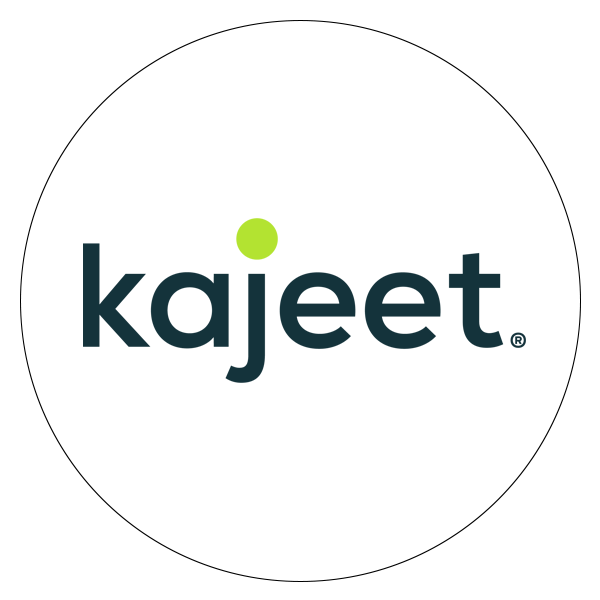Whether it’s building materials that are hard to penetrate with a cellular signal, or rural campuses that suffer from a lack of wireless towers, higher education institutions across the country typically have areas on campus that need a coverage “boost” to ensure students, guests and faculty stay connected to their wireless service. Fortunately, options to accomplish this goal have evolved recently to become quick, safe and less expensive to deploy.
Adding more routers to reduce poor cellular coverage is an inexpensive option for schools that don’t have a lot of public cellular traffic. But for campuses that host a large number of students, faculty and public cell users, Wi-Fi suffers from a limit to user capacity, doesn’t support voice calls well, and doesn’t provide high-level security.
Advantages: Low cost and quick installation
Disadvantages: Small propagation area, capacity limits, low security
A DAS is a network of antennas that send and receive cellular signals on a carrier’s licensed frequencies, thereby improving voice and data connectivity for end-users. Cellular carriers sometimes partner with large, public venues that require additional antennas to “boost” their signal to overcome poor coverage areas. While this system works well for users of that cell service, it doesn’t help users of other cell services unless a multi-carrier system is installed, which can be very expensive to deploy. A multi-carrier system that covers a 200,000 square foot building can cost up to $2,000,000.
Advantages: Strong coverage, capacity and security
Disadvantages: High cost of installation and maintenance. Can take a year to deploy
 Since the FCC opened the Citizens Broadband Radio Service (CBRS) band for commercial use, colleges and universities are now able to install a Neutral Host Network that can connect to public cellular networks and bolster those cellular signals into areas of buildings that traditionally suffer from poor coverage. Deploying a Neutral Host Network is relatively easy and cost-effective when compared to a DAS, and much more reliable and secure compared to traditional Wi-Fi.
Since the FCC opened the Citizens Broadband Radio Service (CBRS) band for commercial use, colleges and universities are now able to install a Neutral Host Network that can connect to public cellular networks and bolster those cellular signals into areas of buildings that traditionally suffer from poor coverage. Deploying a Neutral Host Network is relatively easy and cost-effective when compared to a DAS, and much more reliable and secure compared to traditional Wi-Fi.
Advantages: Strong coverage, capacity and security. Fairly quick to deploy. Less expensive than a DAS solution
Disadvantages: More expensive than augmenting an existing Wi-Fi system. Typically requires a vendor for design and installation
At many universities across the country, existing wireless networks struggle to consistently deliver reliable in-building connectivity and comprehensive coverage across their sprawling campuses. The issue is exacerbated by the presence of buildings constructed with materials like metal, concrete, and LEED-certified structures, all of which act as formidable barriers to cellular signals, hindering the in-building mobile experience.
To address this gap, universities like Duke, Arizona State, Cal Poly and the University of Viriginia are currently testing Neutral Host Networks (NHN) to enhance in-building cellular coverage for students, faculty and guests. The results are proving to be extremely successful in providing cost effective wireless coverage with a system that’s rapidly deployable, and seamlessly integrates with existing infrastructure. By harnessing the power of a neutral host network, there has been a significant expansion of cellular coverage even in traditionally challenging areas where cell signals struggled to penetrate. This solution ensures cellular users will enjoy uninterrupted mobile connectivity anywhere on campus.
If you answer “Yes” to one or more of these questions, you may be a good candidate for a Neutral Host Network:
Choosing the right NHN vendor can impact the performance, reliability, security and cost of your network. When choosing a vendor, it is important to consider the following factors:
 Kajeet is an industry-leader in the design and deployment of Private Wireless and Neutral Host Networks. As a provider of wireless solutions for over 20 years, Kajeet has extensive experience in evaluating each project and creating a connectivity solution that will not only work the day it’s deployed, but is designed to accommodate future needs. Kajeet has a team of experts who can work with you to assess those needs and develop a customized solution to meet your goals. They also have equipment partners to help scale any size project, ensuring you have access to the best technology and resources to support your network.
Kajeet is an industry-leader in the design and deployment of Private Wireless and Neutral Host Networks. As a provider of wireless solutions for over 20 years, Kajeet has extensive experience in evaluating each project and creating a connectivity solution that will not only work the day it’s deployed, but is designed to accommodate future needs. Kajeet has a team of experts who can work with you to assess those needs and develop a customized solution to meet your goals. They also have equipment partners to help scale any size project, ensuring you have access to the best technology and resources to support your network.
Questions? Please visit Neutral Host Network Contact and let us know!
You can also download this blog post as a complete PDF guide, How to Improve In-Building Cellular Coverage with a Neutral Host Network.


